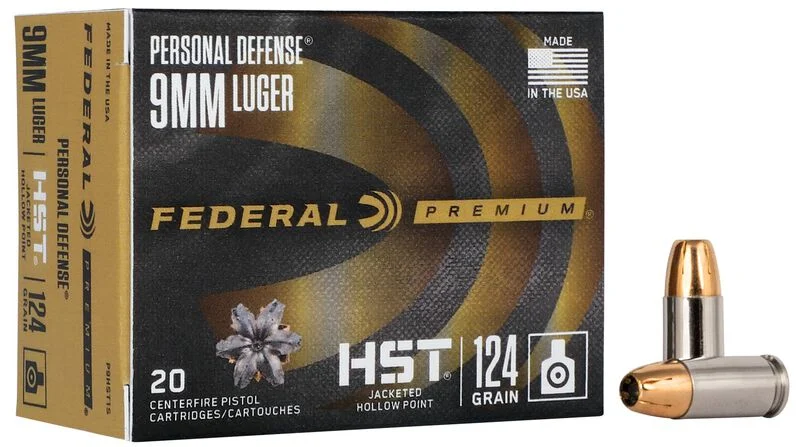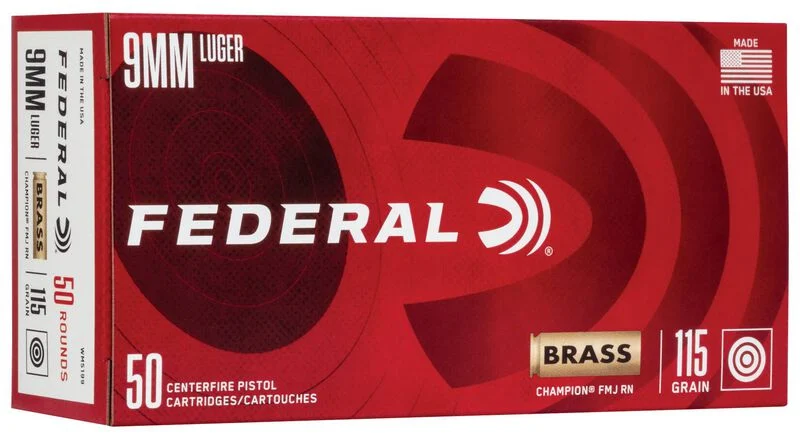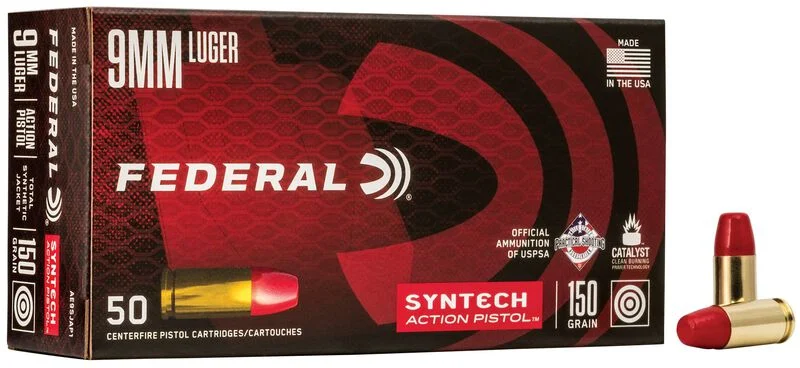Home security is a serious concern that many people face, especially those living alone or in areas with increasing break-ins. While there are various approaches to home defense, firearms can be an effective tool when properly chosen and handled. This guide will help you navigate the complex world of home defense firearms, whether you’re a complete beginner or someone looking to make an informed decision.
Understanding Your Options
When it comes to home defense firearms, there are several categories to consider, each with its own advantages and disadvantages. Let’s break down the main options:
AR-15 Style Rifles
Contrary to popular belief, AR-15s are often considered the optimal choice for home defense by firearms experts. While they might seem intimidating at first, they offer several compelling advantages:
- Easier to shoot accurately compared to handguns
- Lower recoil than most alternatives
- Three points of body contact (hands, shoulder, and cheek) for better stability
- Excellent capacity for mounting accessories like lights and optics
- Surprisingly good wall penetration characteristics (less likely to go through multiple walls)
- Widely available parts and accessories
- Standard magazine capacity typically exceeds other options
The main drawbacks include their size, which can make storage more challenging, and the significant noise level when fired. They’re also typically more expensive for both initial purchase and ongoing training.
Handguns
Handguns are popular for home defense due to their compact size and maneuverability. However, they come with some significant challenges:
- More difficult to shoot accurately, especially for beginners
- Require more practice to master
- Limited points of contact for stability
- Usually have higher felt recoil than rifles
- Smaller magazine capacity than rifles
Despite these challenges, handguns remain a viable option, especially for those who might also want to pursue concealed carry permits later. Quality manufacturers like Sig Sauer, Glock, Springfield, and CZ offer reliable options in the $300-600 range.
Shotguns
While often recommended as the “ultimate” home defense weapon, shotguns present some unique challenges:
- Significant recoil, especially in 12-gauge
- Limited magazine capacity (typically 2-8 shells)
- Longer minimum barrel length requirements
- Can be difficult to operate under stress, especially pump-action models
- Limited options for mounting modern accessories
However, shotguns do offer some advantages:
- Generally more affordable than other options
- Widely available
- Easier to aim effectively
- Less expensive ammunition for practice
Practical Considerations for Selection
When choosing a home defense firearm, consider these key factors:
1. Ease of Use
Choose a firearm you can operate confidently and effectively. This often means spending time at a range testing different options. Many ranges offer rental programs specifically for this purpose.
2. Training Requirements
Factor in not just the cost of the firearm, but also:
- Initial training courses
- Regular practice sessions
- Ammunition costs
- Maintenance supplies
- Essential accessories (especially weapon-mounted lights)
3. Storage and Accessibility
Consider how you’ll store the firearm safely while keeping it accessible in an emergency. Larger firearms like rifles require more storage space but might be easier to use effectively.
4. Legal Requirements
Be aware of local laws regarding:
- Age restrictions for purchase
- Magazine capacity limits
- Weapon features and modifications
- Storage requirements
- Training prerequisites
Essential Next Steps
Once you’ve chosen a firearm, take these important steps:
- Get Professional Training: This is non-negotiable. Proper training helps ensure you can use your firearm safely and effectively.
- Practice Regularly: Shooting skills deteriorate without regular practice. Plan for monthly range sessions at minimum.
- Install Proper Lighting: A weapon-mounted light is crucial for home defense situations, allowing you to identify targets properly in low-light conditions.
- Choose Appropriate Ammunition: For home defense, select hollow point ammunition to minimize over-penetration risks.
Beyond the Firearm
Remember that a firearm is just one component of home defense. Consider complementary security measures:
- Quality door locks and reinforced frames
- Security system with monitoring
- Motion-activated exterior lighting
- Security cameras
- Basic security habits (consistent door locking, exterior awareness)
Conclusion
Choosing a home defense firearm is a significant decision that requires careful consideration of multiple factors. While personal preference plays a role, prioritize effectiveness and practicality over familiarity or preconceptions. Whatever you choose, remember that regular training and practice are essential for maintaining the skills necessary to use your firearm effectively and safely.
Most importantly, approach this decision with a clear understanding that owning a firearm for home defense is a serious responsibility that requires ongoing commitment to safety, training, and proper storage. The right choice isn’t just about the firearm itself, but about your dedication to becoming a responsible, capable defender of your home.


















